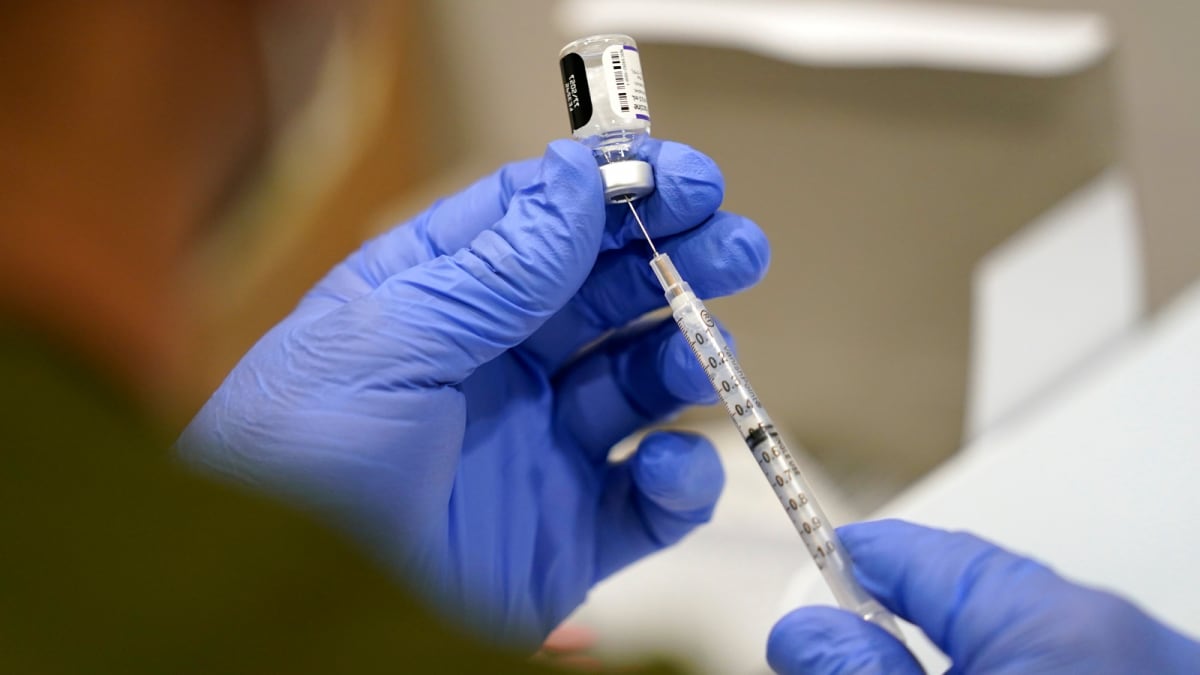ARTICLE AD BOX
The Madhya Pradesh government has submitted to the Jabalpur bench of Madhya Pradesh High Court that while it has finished the incineration of 337 tonnes of the Union Carbide waste, the state pollution control board is awaiting final analysis of dioxins and furans — toxic chemicals emitted as a by-products of waste burning.
The state also said that source (stack) emissions and ambient air quality around the Pithampur waste disposal facility were within prescribed standards during the incineration process between May and June.
The submissions were made by the state’s Bhopal Gas Tragedy Relief and Rehabilitation Department, through an affidavit filed before the High Court, dated June 29. The HC has been hearing a two-decade old petition and related petitions on the gas tragedy, and the pending clean-up of the plant site.
The affidavit also contained the MP Pollution Control Board’s (MPPCB) status report on procedures followed during the incineration.
“Monitoring of Dioxins and Furans in source (stack) emissions has been conducted by MPPCB and sent (sic) to a third party NABL Laboratory for analysis. Analysis report is awaited,” the status report said.
As per the status report, the post-trial run incineration began on May 5 and continued daily till May 19, before stopping for the first round of incineration cleaning. The incineration resumed on May 23 and continued till June 15, before halting for the second cleaning. The last run continued from June 19 till the early hours of June 30.
In the period between the end of trials and resumption of incineration, the MPPCB recommended Re Sustainability to install a mercury analyser for continuous monitoring of mercury from stack emissions, and a lab facility for analysis of dioxins and furans at the site.
Story continues below this ad
But even with this waste being incinerated, a huge amount of waste and the old plant structure continues to be at the plant site.
Dioxins and furans are toxic chemicals that are by-products of manufacturing processes, including waste incineration. If emitted without proper pollution control devices, they can affect humans and animals through land, water or food contamination.
More than 40 years after the gas tragedy, 337 tonnes of hazardous waste was brought from Union Carbide India Limited’s (UCIL) plant to Re Sustainability’s hazardous waste disposal plant in Pithampur, in Dhar, on the High Court’s direction.
A daily incineration of 6.48 tons of the waste was done, as per the status report. “Same quantity i.e 270 kg/hour of lime was added with the waste. Mixing, blending and grinding of the UCIL waste with lime has been done prior to feeding into the incinerator (primary chamber) for uniform incineration (sic),” the report said.
Story continues below this ad
Lime, sodium sulphide, activated carbon, sulphur, and caustic soda was used during the incineration process. These are typically used as reagents to control pollution that is likely to spread in the atmosphere due to release of harmful and toxic gases. Sodium sulphide, for instance, is used to control mercury from flue gas produced during incineration of waste material.
Cleaning activities are scheduled to address scale formation near the inlets of the rotary, for routine cleaning of the incinerator kiln and air pollution control devices, as per the status report.
A massive leak of methyl isocyanate gas on December 2, 1984, had killed over 5,000 people, caused long-term ailments and birth defects in Bhopal.



.png)
.png)
.png)

























 English (US) ·
English (US) ·